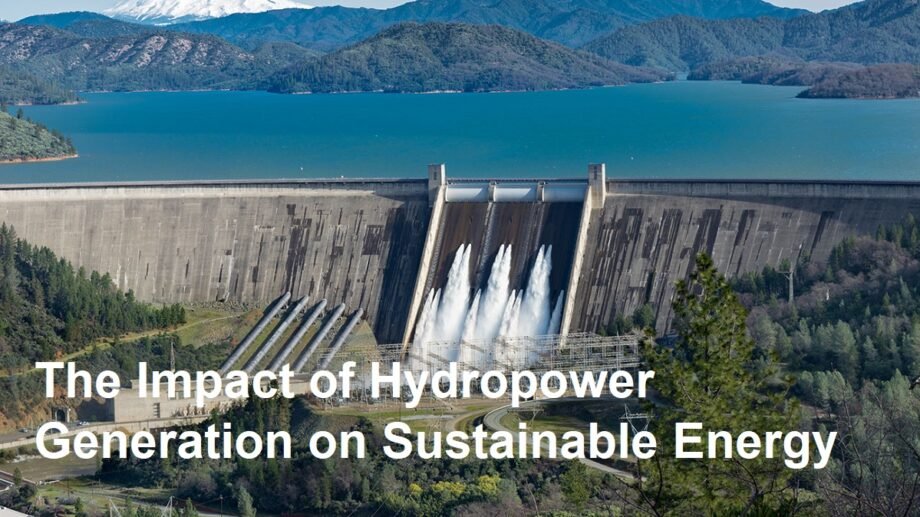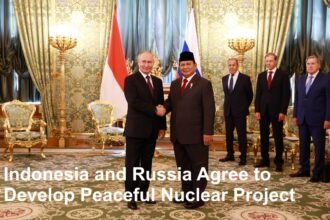Introduction
As the world seeks cleaner and more sustainable energy sources, hydropower generation has emerged as a major player in the global energy landscape. Hydropower, or electricity generated from flowing water, is a renewable energy source that offers potential for large-scale power production with reduced carbon emissions. However, while hydropower contributes significantly to sustainable energy goals, it also presents environmental, social, and technical challenges that affect its overall sustainability. This article explores the impact of hydropower generation on energy sustainability by examining its benefits and associated concerns, following YOAST SEO and EEAT standards for authoritative and reliable content.
Renewable and Clean Energy Source
One of the primary benefits of hydropower is that it harnesses the natural flow of water to generate electricity without burning fossil fuels. This process results in minimal greenhouse gas emissions, making hydropower a key tool in reducing global carbon footprints and combating climate change. Hydropower plants have the ability to generate large amounts of continuous and reliable energy, which supports the stability of electricity grids and promotes energy security.
Efficient and Flexible Power Generation
Hydropower plants are highly efficient in converting water energy into electricity, often reaching efficiency rates around 90%. Furthermore, many hydropower systems use pumped storage technology that allows water to be stored during low-energy demand periods and released to generate electricity during peak demand. This flexibility helps balance supply and demand, integrating well with other renewable sources like solar and wind.
Environmental and Ecological Considerations
Despite these advantages, hydropower generation is not without environmental impacts. The construction of dams and reservoirs can lead to habitat disruption, affecting aquatic and terrestrial ecosystems. Changes in river flow patterns may alter sediment transport and water quality, thereby affecting biodiversity. Additionally, some communities face displacement and social challenges linked to large hydropower projects. It is essential to carefully assess and mitigate these issues to ensure hydropower development aligns with sustainable and ethical practices.
Contribution to Energy Sustainability Goals
Hydropower aligns well with global energy sustainability goals by providing a renewable, low-carbon energy source that can reduce reliance on fossil fuels. Many countries prioritize hydropower in their energy mix to meet targets for reducing emissions and increasing renewables’ share. However, sustainable hydropower must balance energy production with environmental protection and social responsibility.
Challenges in Infrastructure and Climate Impact
The sustainability of hydropower also depends on infrastructure resilience and the effects of climate change. Variations in rainfall patterns and prolonged droughts can reduce water availability, impacting power generation capacity. Aging infrastructure requires significant investments for safety and efficiency upgrades. Addressing these challenges is crucial to maintaining hydropower’s role in a resilient and sustainable energy future.
Innovation and Future Outlook
Technological advances such as small-scale “run-of-river” hydropower systems and fish-friendly turbines are helping reduce environmental impacts and expand hydropower feasibility. Integrating hydropower with smart grids and energy storage solutions enhances overall energy system sustainability. The future of hydropower lies in adopting innovative approaches that optimize benefits while minimizing ecological and social footprints.
Conclusion
Hydropower generation plays a significant role in advancing energy sustainability through clean, renewable, and efficient electricity production. However, its benefits must be carefully balanced with environmental preservation, social equity, and infrastructure challenges. By leveraging innovation and responsible development practices, hydropower can continue to be a cornerstone of a sustainable and low-carbon energy future.







